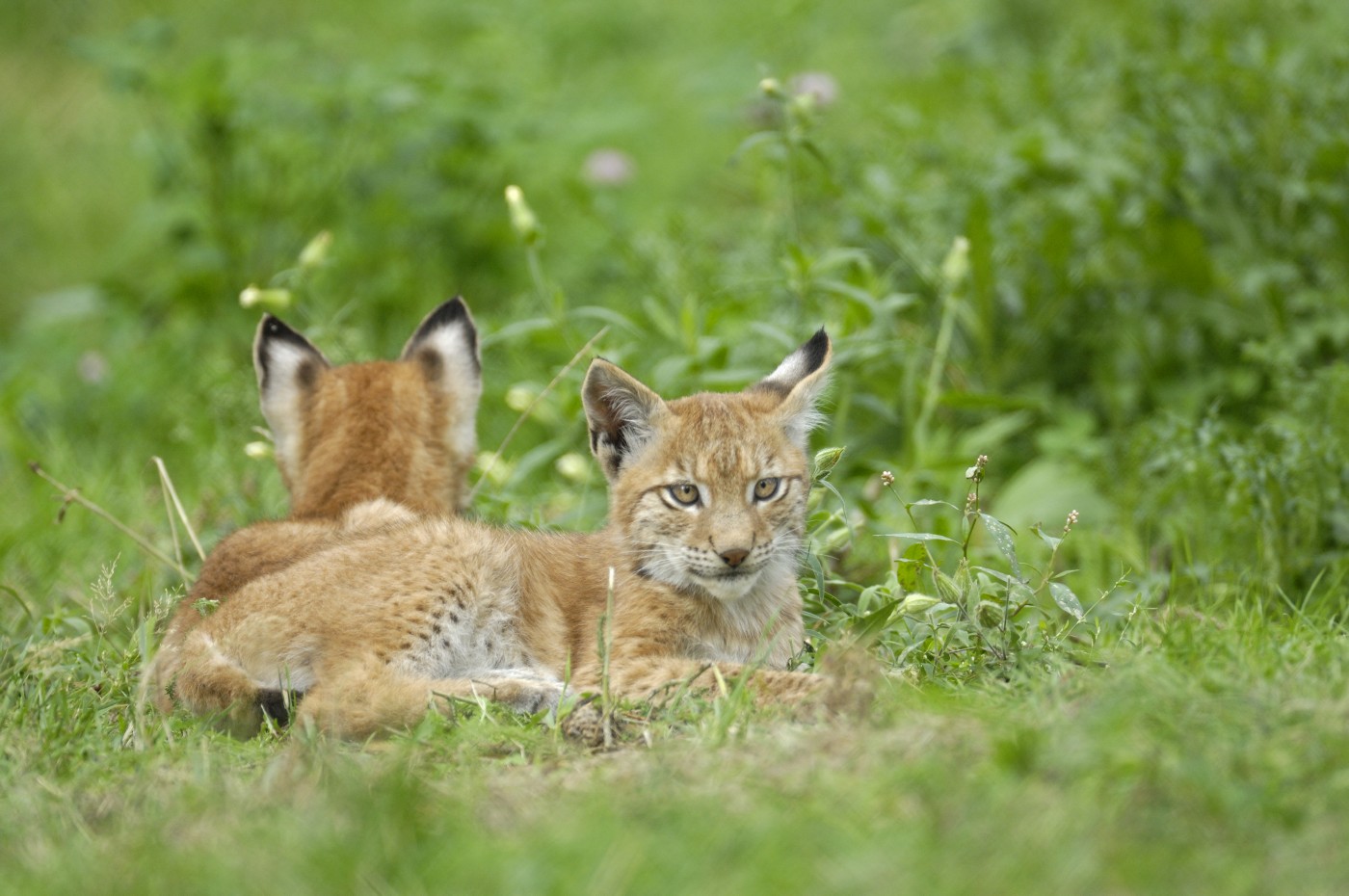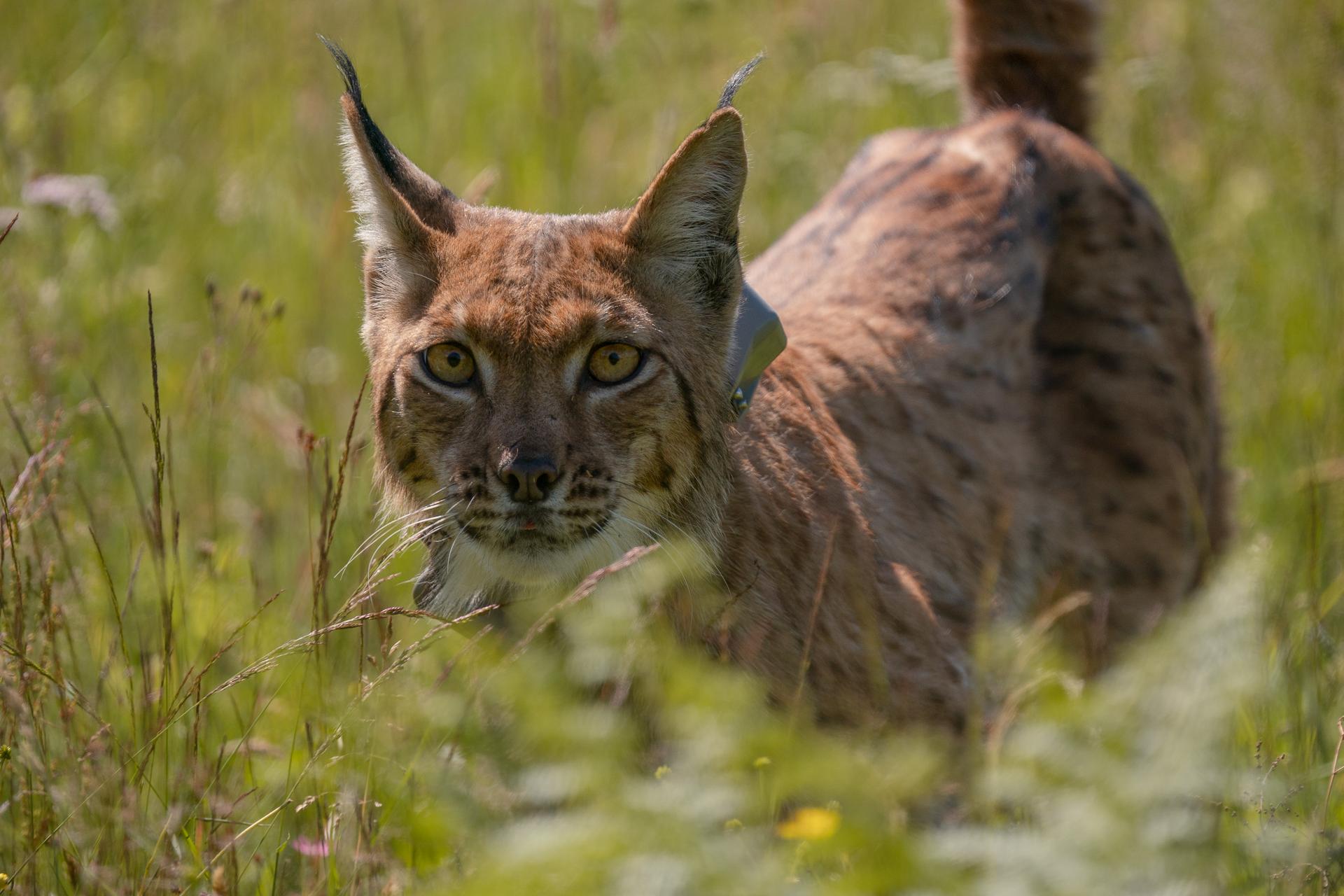Protection across borders
The lynx is Europe's largest cat species. These shy, solitary animals need extensive and undisturbed forests where they can find sufficient food and rear their young. By 1850, the lynx was on the brink of extinction in most of Europe. For the animal to be able to thrive again in Europe today, intensive protection measures and complex resettlement programmes are needed. The situation is particularly critical for the Balkan lynx, a sub-species of the Eurasian lynx. It is thought there are now fewer than 50 of these "ghosts” still roaming the mountain forests of the southern Balkans. Together with partner organisations in Switzerland and Southeastern Europe, EuroNatur is working to increase people’s knowledge about lynx, to effectively protect these shy cats and to preserve their habitats.
What we are doing for Europe’s lynx
- Creating valuable databases: Together with our partners, we have gathered scientific data on lynx populations in many regions of Europe. This is providing the basis for developing successful conservation strategies.
- Connecting populations: In order to provide the lynx with the large amount of space it needs, existing habitats must not only be preserved, but also connected with one another. Our partners are also capturing lynx from areas where they still exist in large numbers and reintroducing them to regions where they are scarce. This will allow genetic exchange between isolated lynx populations, such as the one in the Dinarides, to take place.
- Building bridges: Motorways and roads are dissecting the migration routes of lynx and other wild animals. We are developing solutions to minimise the negative impacts of our infrastructure on wildlife.
- Establishing protected areas: We are working with our partners to preserve the lynx’s areas of refuge and ensure that these are protected. In the mountainous border regions of the Balkan Green Belt in particular, we are driving forward the designation of transboundary conservation areas, such as the Shar National Park. In doing so, we are not only preserving habitats for the Balkan lynx and its prey, but also protecting areas of high biodiversity.
Join in and help us!
Join the many people getting actively involved for Europe’s lynx. We are grateful for any donation for lynxes or active contribution you can make! In doing so, you are supporting an independent and networked civil society in Europe, which is campaigning vigorously to protect Europe’s lynx.





